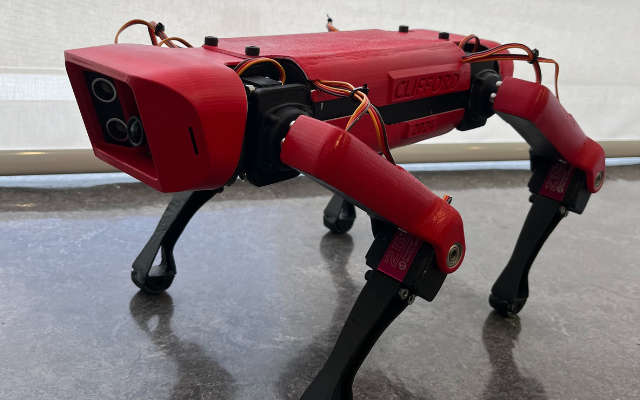Improving Metal Stamping Efficiency via Neural Networks
Dr. Alexander Bardelcik and PhD student develop a new coating growth model for improving the hot stamping process.
Dr. Alexander Bardelcik and PhD student develop a new coating growth model for improving the hot stamping process.

U of G welcomed Dr. Joanna McGrenere, Human-Computer Interaction specialist, to campus for three days in 2024.

A third-year Biological and Pharmaceutical Chemistry student shares her experience at U of G.
Master’s student Alex Urtheil is using climatology and AI to improve climate predictions.
Dr. Manjusri Misra was named as one of The SustainabilityX® Magazine's 2024 Global 50 Women In Sustainability Awards™ recipients. The theme for this year, "Embrace Boldness," highlights the fearless and visionary women across the globe who are taking bold steps in advancing sustainability and driving meaningful change. This year's awards honour 50 women who have demonstrated exceptional leadership in sustainability, driving transformative change across the globe.
The research team is creating an innovative cooling system by combining a Desiccant Wheel and a Thermoelectric Cooler powered by solar energy.
High-pressure processing is a promising alternative to thermally processing perishable foods.
Dr. Mostafa Elsharqawy, an Associate Professor in the School of Engineering at the University of Guelph, has been recognized among the world’s top 2% of scientists for 2024, as ranked by Stanford University. This prestigious acknowledgment celebrates his significant research contributions in sustainable energy and water technologies, including geothermal systems, seawater desalination, osmotic power, and energy recovery devices. Dr.
An undergraduate math student shares her experiences getting involved on campus.

Three engineering students build a remote-controlled robotic dog over the summer.